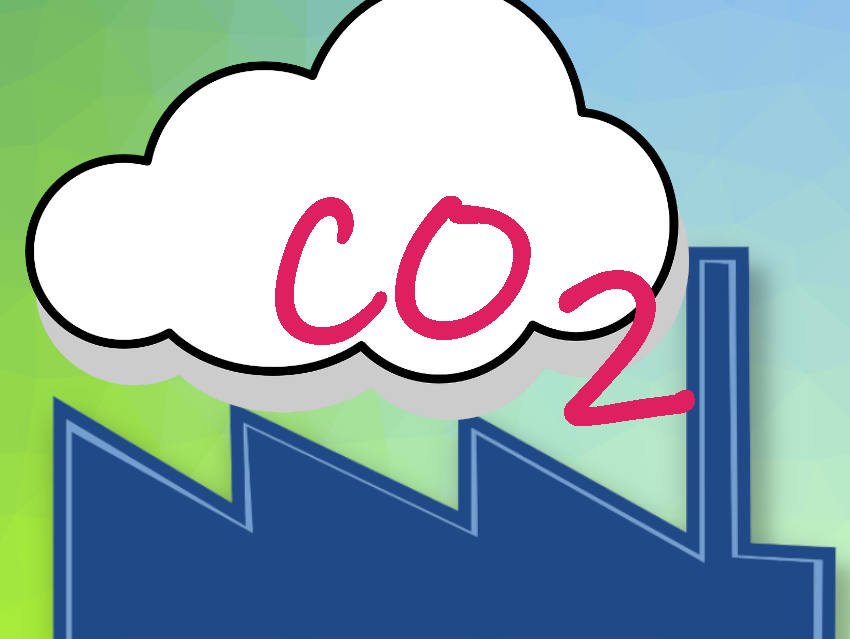Linde and SLB have entered into a strategic collaboration on carbon capture, utilization and sequestration (CCUS) projects to accelerate decarbonization solutions across industrial and energy sectors. CCUS involves capturing CO2 from facilities or directly from the atmosphere. If not being used on-site, the captured CO2 is then compressed and transported to be permanently stored in underground geological formations (e.g., saline aquifers) or used to manufacture products. The first large-scale CO2 capture and injection project with dedicated CO2 storage and monitoring was commissioned in 1996 at the Sleipner offshore gas plant in Norway. Here, more than 20 million t of CO2 have since been stored in a deep saline formation located about 1 km under the North Sea [1].
The collaboration will combine decades of CO2 capture and sequestration experience, innovative technology portfolios, project development and execution expertise, and engineering, procurement and construction (EPC) capabilities, the companies said.
CO2 is found or produced in many industrial and energy applications. This collaboration will focus on hydrogen and ammonia production, where CO2 is a by-product, and in natural gas processing. CCUS reduces emissions from these energy-intensive industries. The International Energy Agency (IEA) estimates that over 6 Gt of CO2 per year will need to be abated with CCUS to reach net zero by 2050 [2]. Linde and SLB have been working on decarbonization opportunities for over a year already.
[1] IAE, About CCUS – Playing an important and diverse role in meeting global energy and climate goals, Technology Report 2021. (accessed November 3, 2022)
[2] IEA, World Energy Outlook 2022 IEA, Paris, France, 2022.




